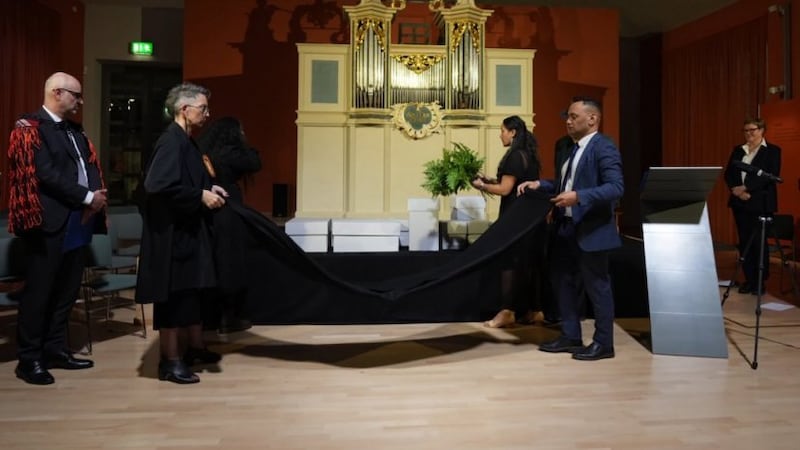Hinemoana Baker and Te Arikirangi prepare to cover the ancestral remains of 95 Māori and Moriori being repatriated from Germany. Photo / Supplied
The remains of 95 Māori and Moriori ancestors, including 6 Toi moko (Māori mummified tattooed heads), and taonga Māori, are being repatriated to Aotearoa from seven institutions across Germany.
Te Papa, the national museum of New Zealand, will hold a private repatriation pōwhiri (ceremony) on Wednesday, June 15, to commemorate their return.
"I want to acknowledge the significant work of these German cultural institutions and the support of the New Zealand Ambassador to Germany, His Excellency Craig Hawke." Dr Arapata Hakiwai, Te Papa's Kaihautū (Māori co-leader) said.
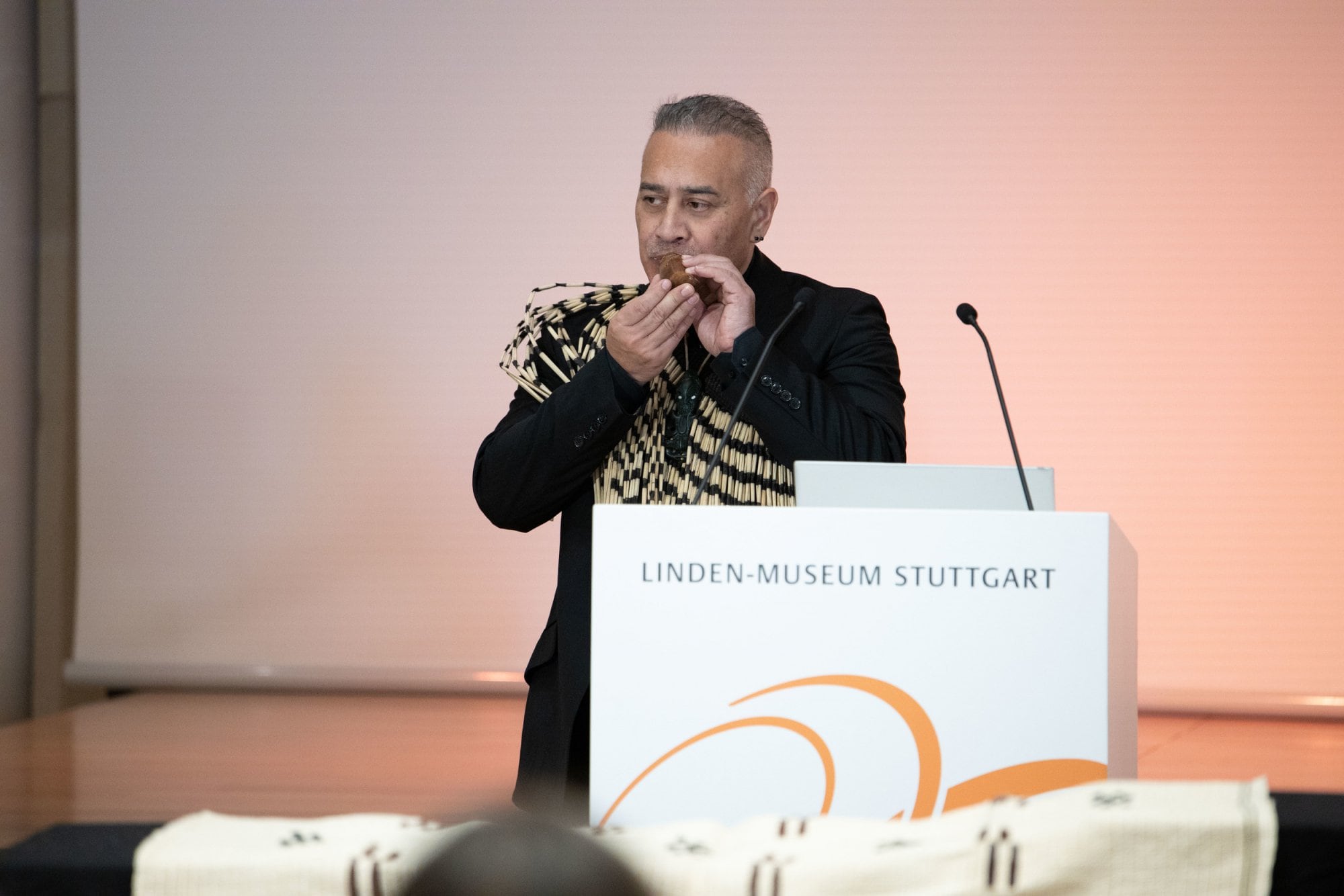
Te Herekiekie plays taonga puoro at the formal handover ceremony in the Linden Museum, Stuttgart. Photo / Supplied
"I appreciate working together and being able to build on the previous repatriations that have taken place over the last decade."
The repatriation process from six German institutions has been a challenging task, but Dr Hakiwai praised the efforts of the colleagues at The Karanga Aotearoa Repatriation Programme, the government mandated authority that negotiates the repatriation of Māori and Moriori ancestral remains on behalf of Māori and Moriori.
"Their efforts offer pathways to meaningful reconciliation and healing not only for Māori and Moriori but also for the nation." Dr Hakiwai said.
"Te Papa's strategy highlights our priority for healing, reconciliation, and empowerment. Returning these ancestors home is a powerful example of this in action."
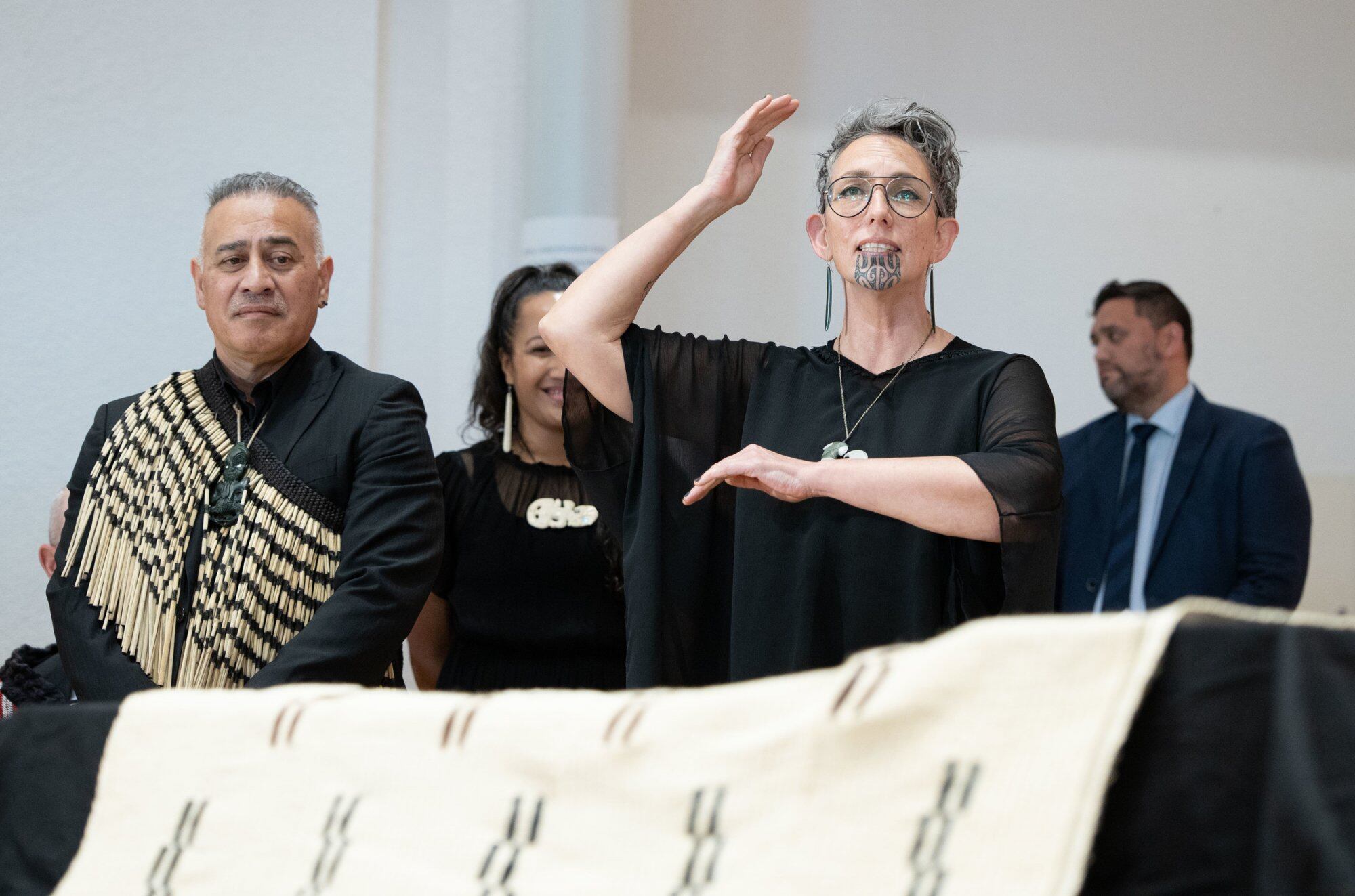
Te Herekiekie and Hinemoana Baker at formal handover ceremony in the Linden Museum and Stuttgart Museum. Photo / Supplied
The Koiwi Tangata (Māori skeletal remains), Kōimi T'chakat Moriori (Moriori skeletal remains), and taonga Māori are being repatriated from the Grassi Museum, Leipzig; Reiss Engelhorn Museum, Mannheim; Linden Museum; The Stuttgart State Museum of Natural History; Georg August University, Göttingen; Roemer und Pelizaeus Museum, Hildesheim; and Museum Wiesbaden.
Te Herekiekie Haerehuka Herewini, Te Papa's Head of Repatriation, emphasized the collaborative nature of the endeavor, stating,
"A repatriation of this size requires a collaborative approach and can only happen by working together across the museum sector, with other government institutions, and importantly with Māori and Moriori to ensure their ancestors return home safely."
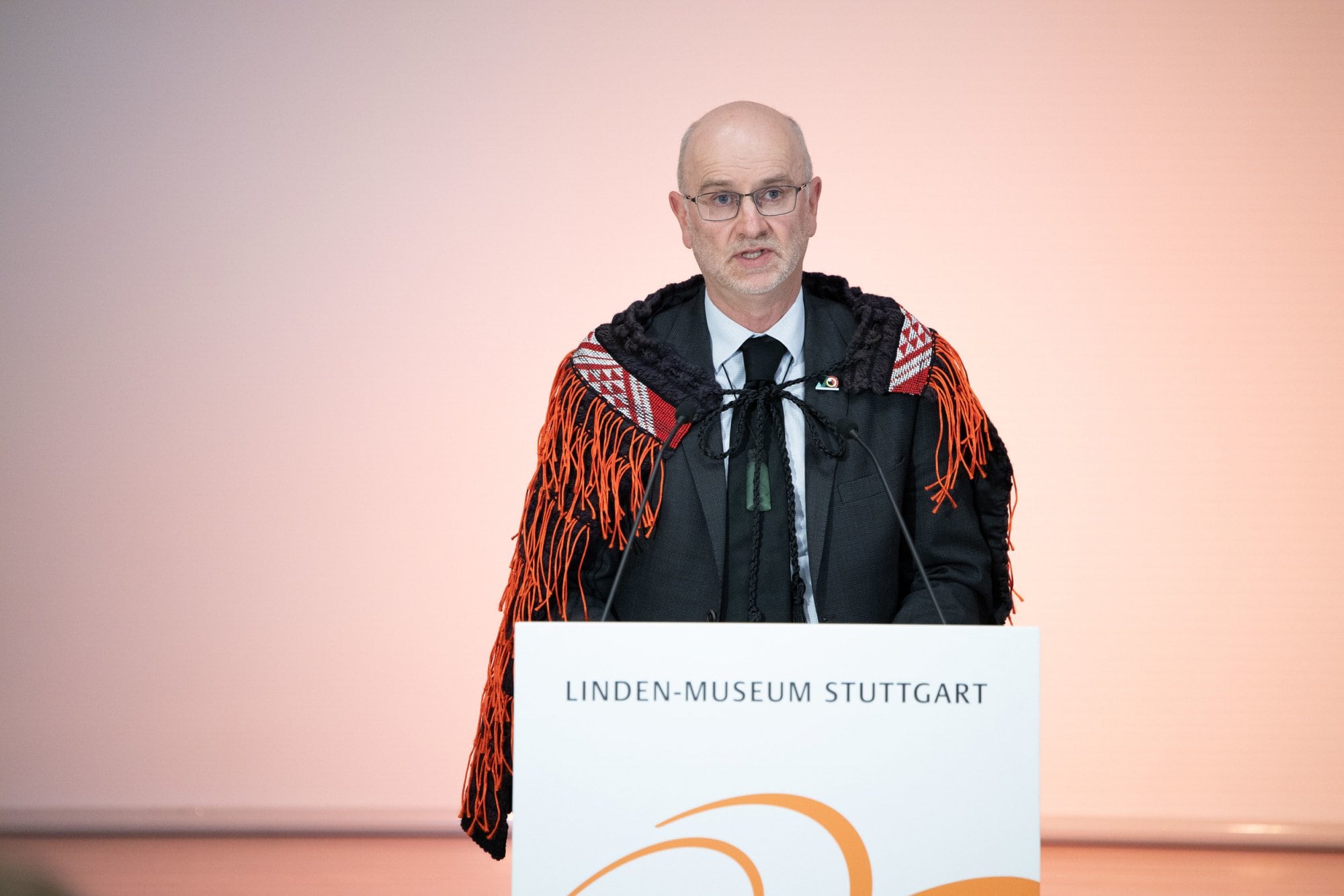
The New Zealand Ambassador to Germany His Excellency Craig Hawke. Photo / Supplied
"Our colleagues from these German institutions have shown significant respect and understanding towards Aotearoa New Zealand, Māori, and Moriori, and demonstrated a strong sense of doing the right thing."
Formal handover ceremonies incorporating tikanga Māori and tikane Moriori (indigenous cultural customs and protocols) took place throughout May and June in Germany.
The events were attended by representatives of the Karanga Aotearoa Repatriation Programme, Māori cultural experts, members of Hokotehi Moriori Trust, and the New Zealand Ambassador to Germany, His Excellency Craig Hawke.
Ambassador Hawke expressed his appreciation for the collaborative efforts that made the repatriations possible.
"As we celebrate 70 years of diplomatic relations between Aotearoa New Zealand and Germany, these repatriations demonstrate the mature and close relationship we share." Hawke said.
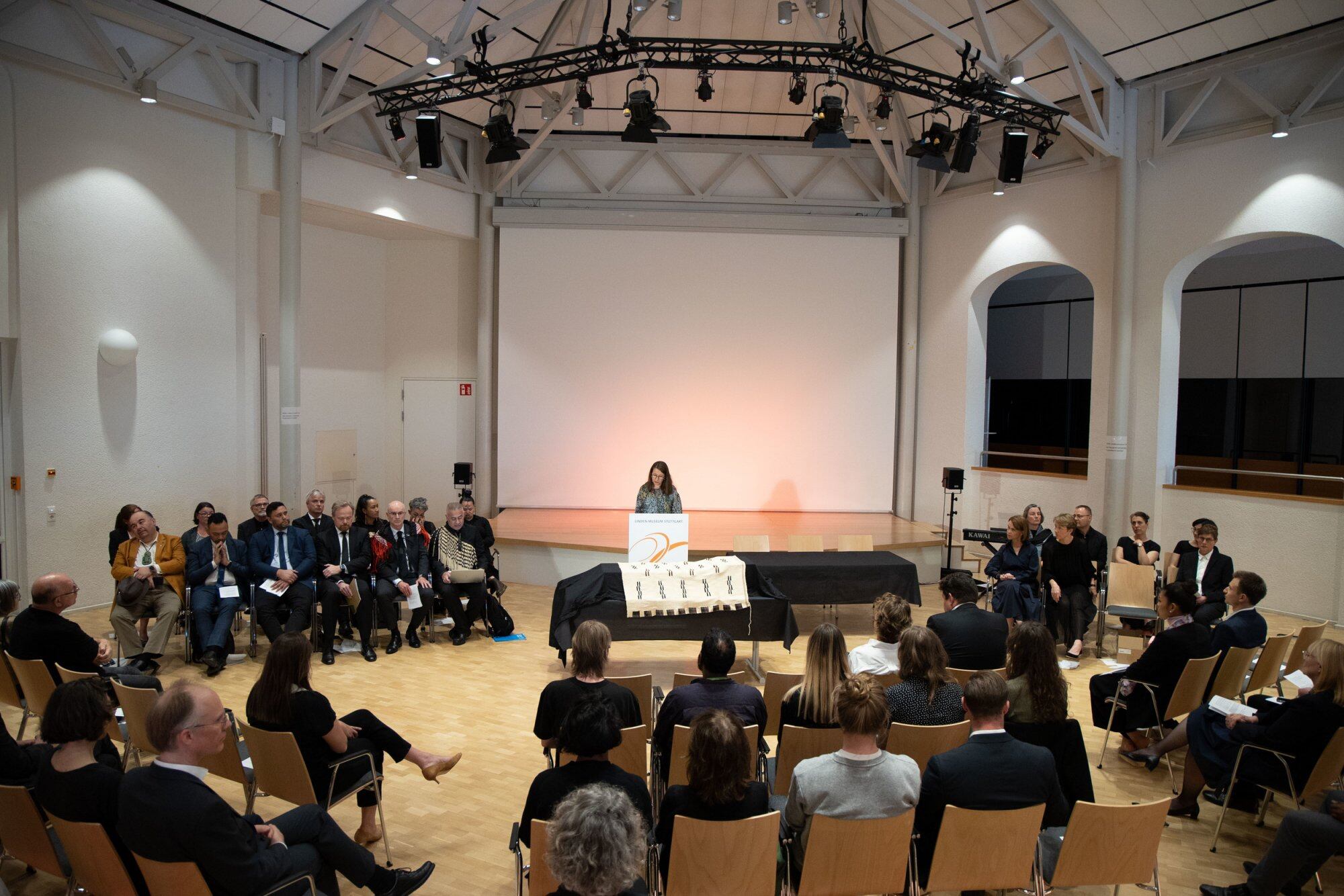
Official handover ceremony in the Linden Museum, Stuttgart. Photo / Supplied
"The positive collaboration and commitment to this task by so many is very encouraging."
The repatriation process is the culmination of years of research and negotiation involving Māori, the Moriori people, the Karanga Aotearoa Repatriation Programme, and Germany. Ambassador Hawke emphasized the depth of the Germany-New Zealand relationship, stating,
“Germany and New Zealand’s relationship is one based on shared values and common interests. Our relationship goes deeper than a traditional diplomatic relationship, to one of culture, science and knowledge exchange. These repatriations are a poignant example of our collaborative partnership,” adds Hawke.
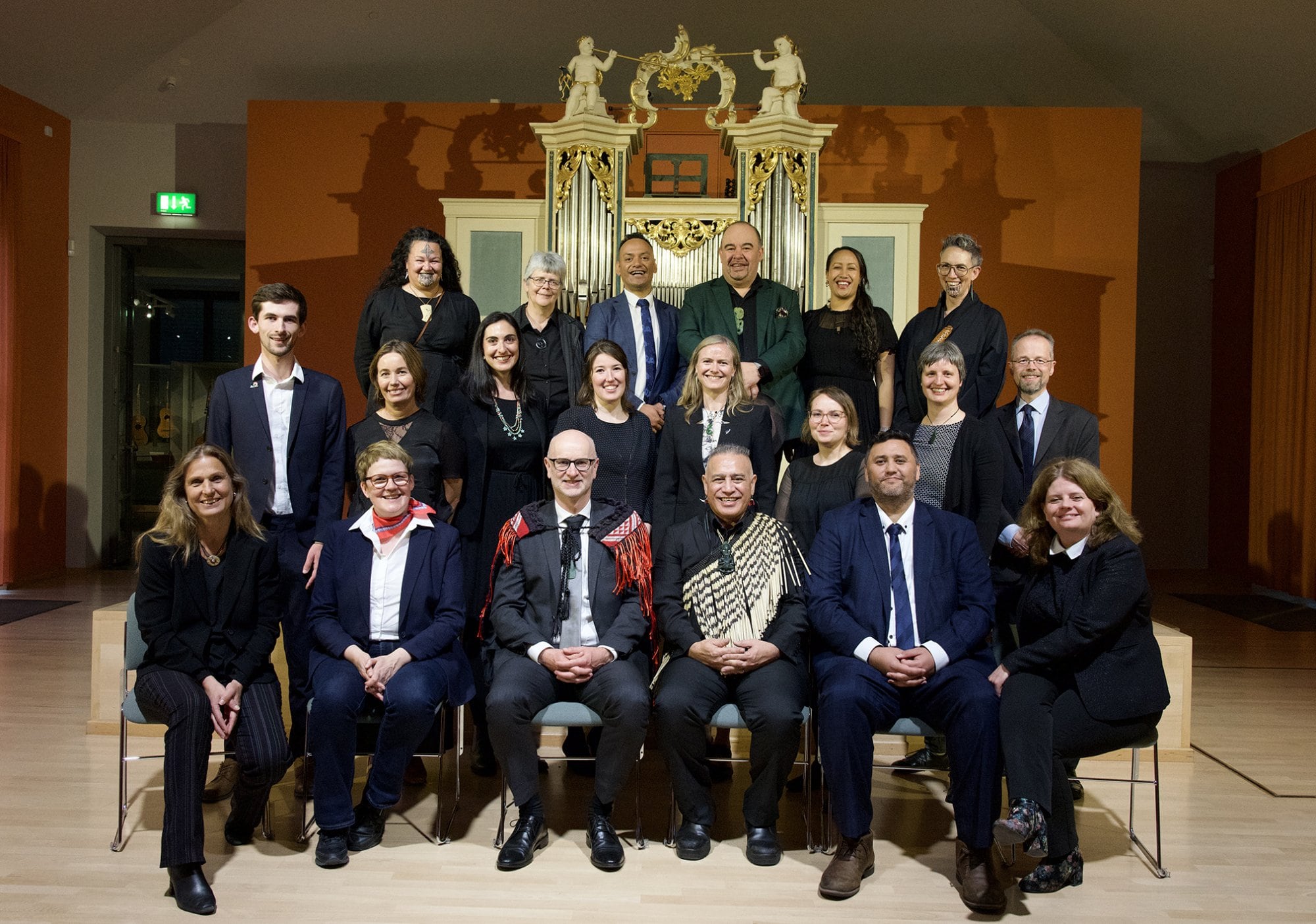
Karanga Aotearoa delegation, Māori and Moriori Cultural Advisers, and Grassi Museum of Ethnology representatives. Photo / Supplied
As part of the international repatriation, panel talks and lectures on the collection and trade of Toi moko and the Karanga Aotearoa Repatriation Programme were held.
Prominent speakers included Te Herekiekie Herewini, Te Arikirangi Mamaku-Ironside (Repatriation Coordinator, Te Papa), Māori and Moriori Cultural Advisers Paraone Glyone, Ngahuia Kopa, Kiwa Hammond, Hinerangi Edwards, Chas Karauria Taurima, Christine Harvey, and Hinemoana Baker.

